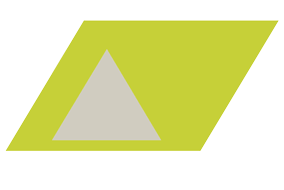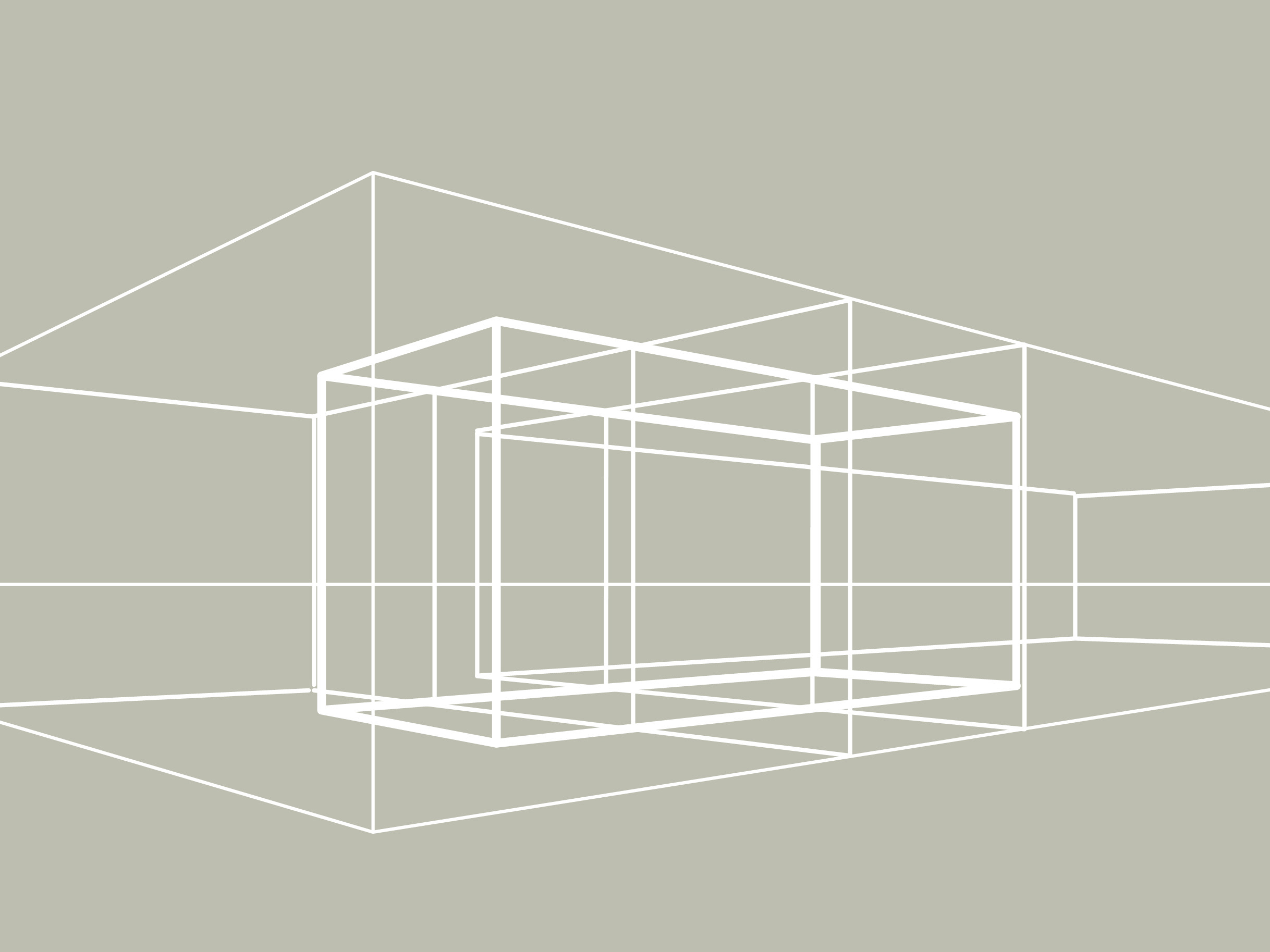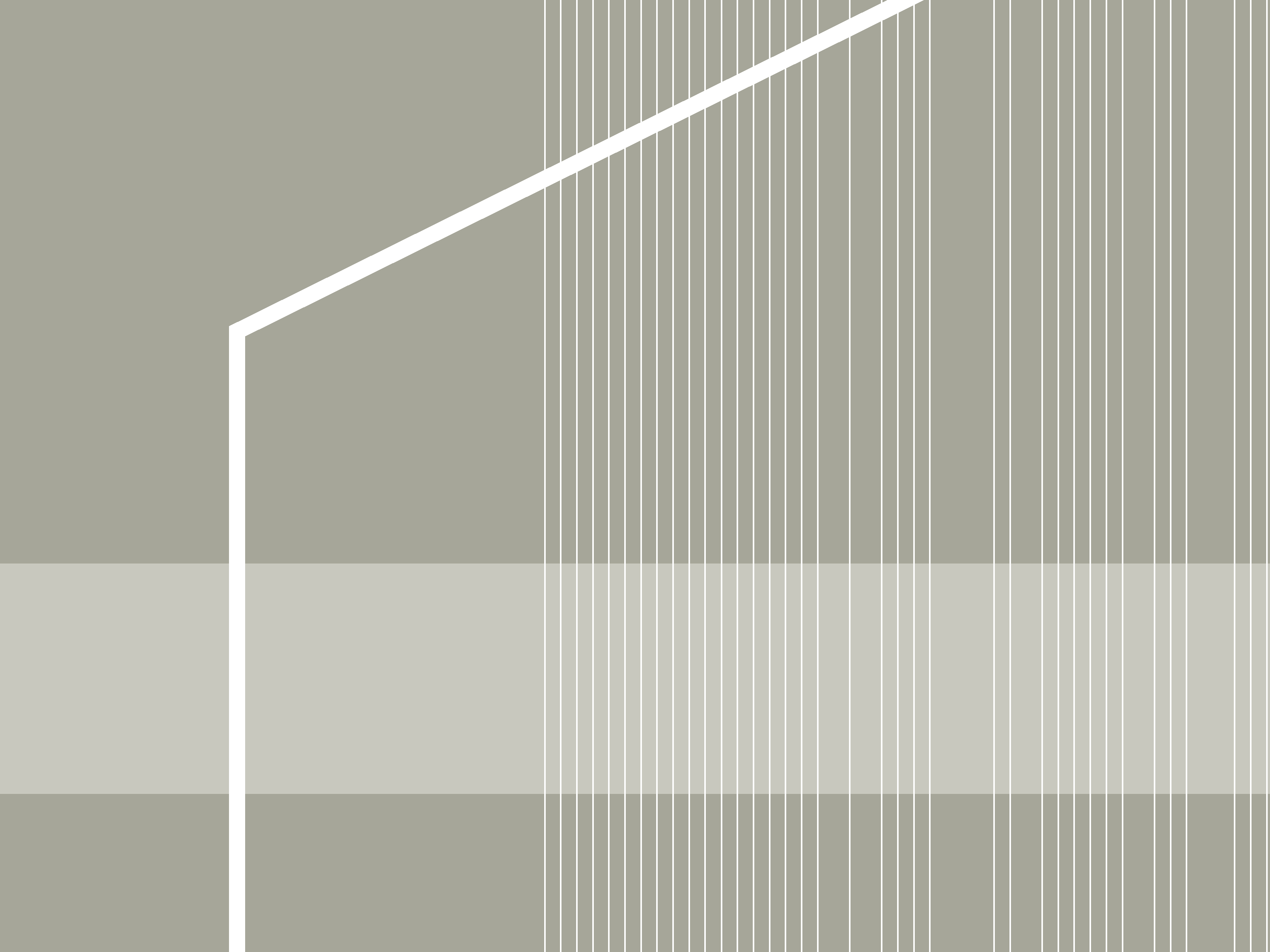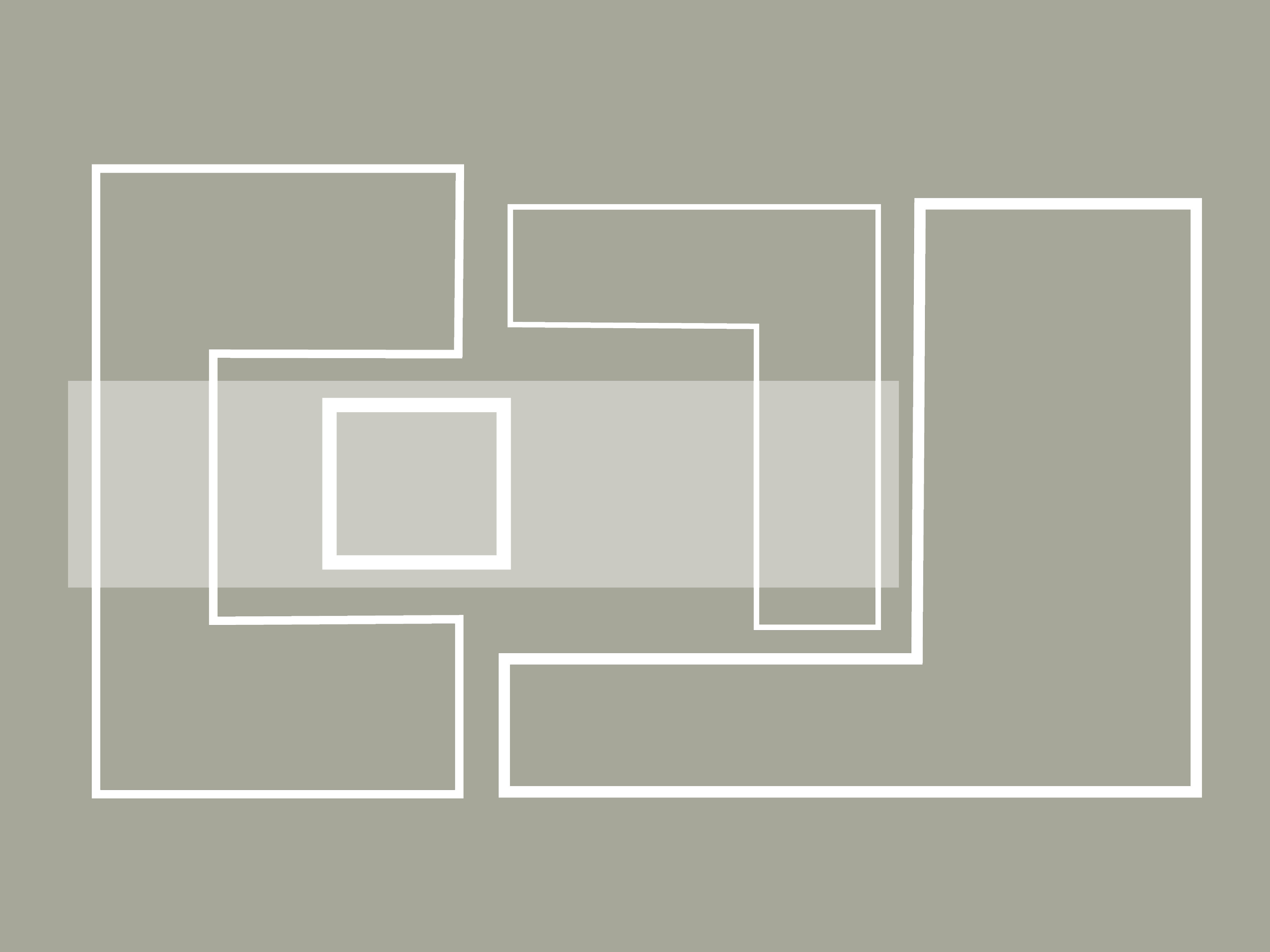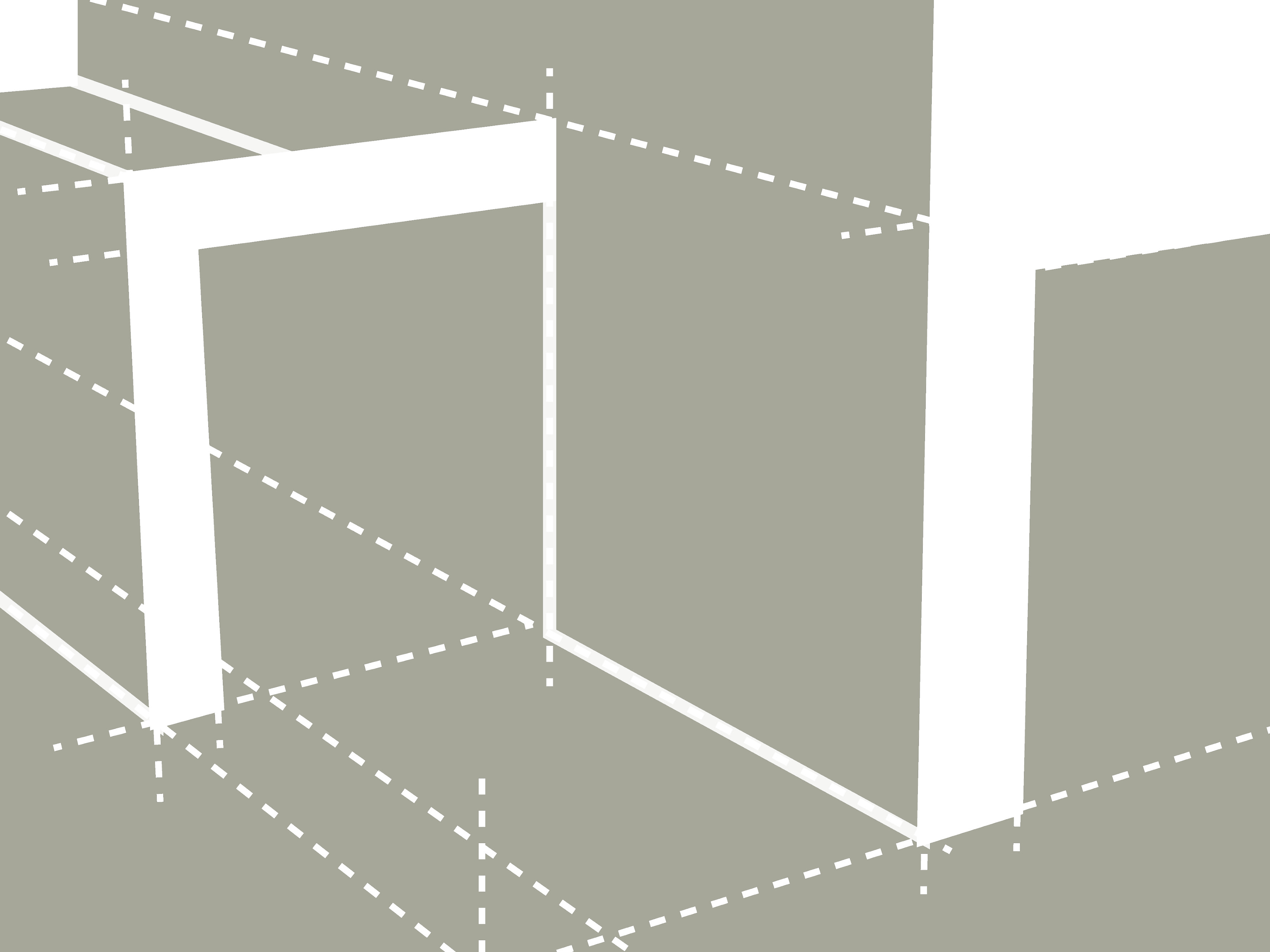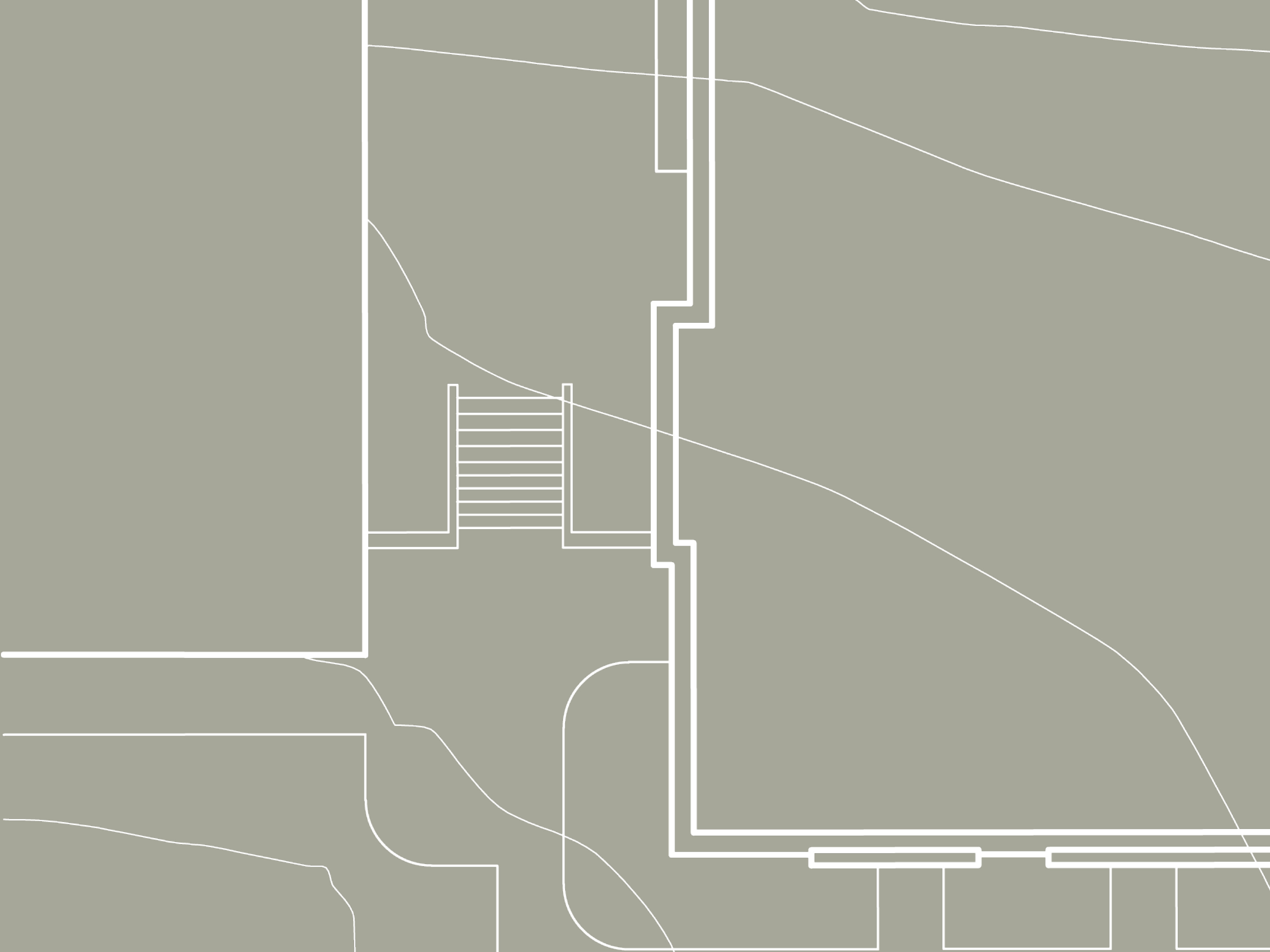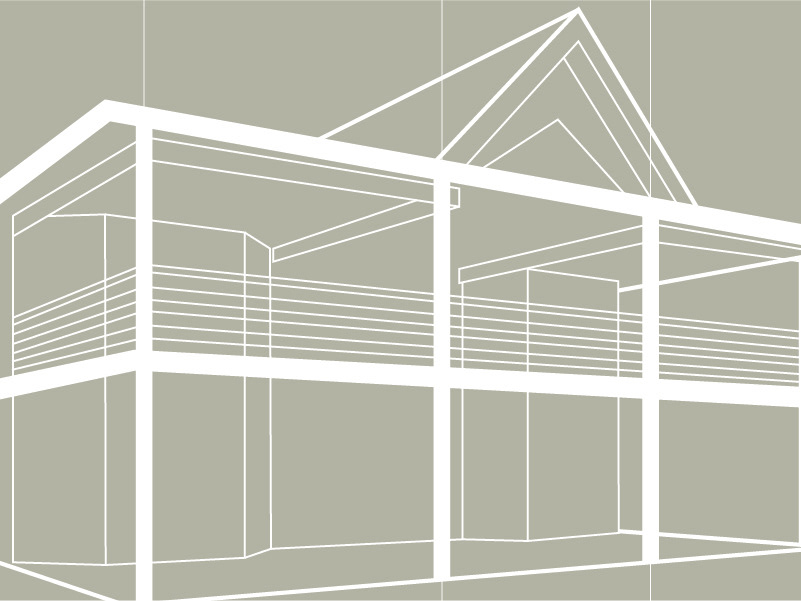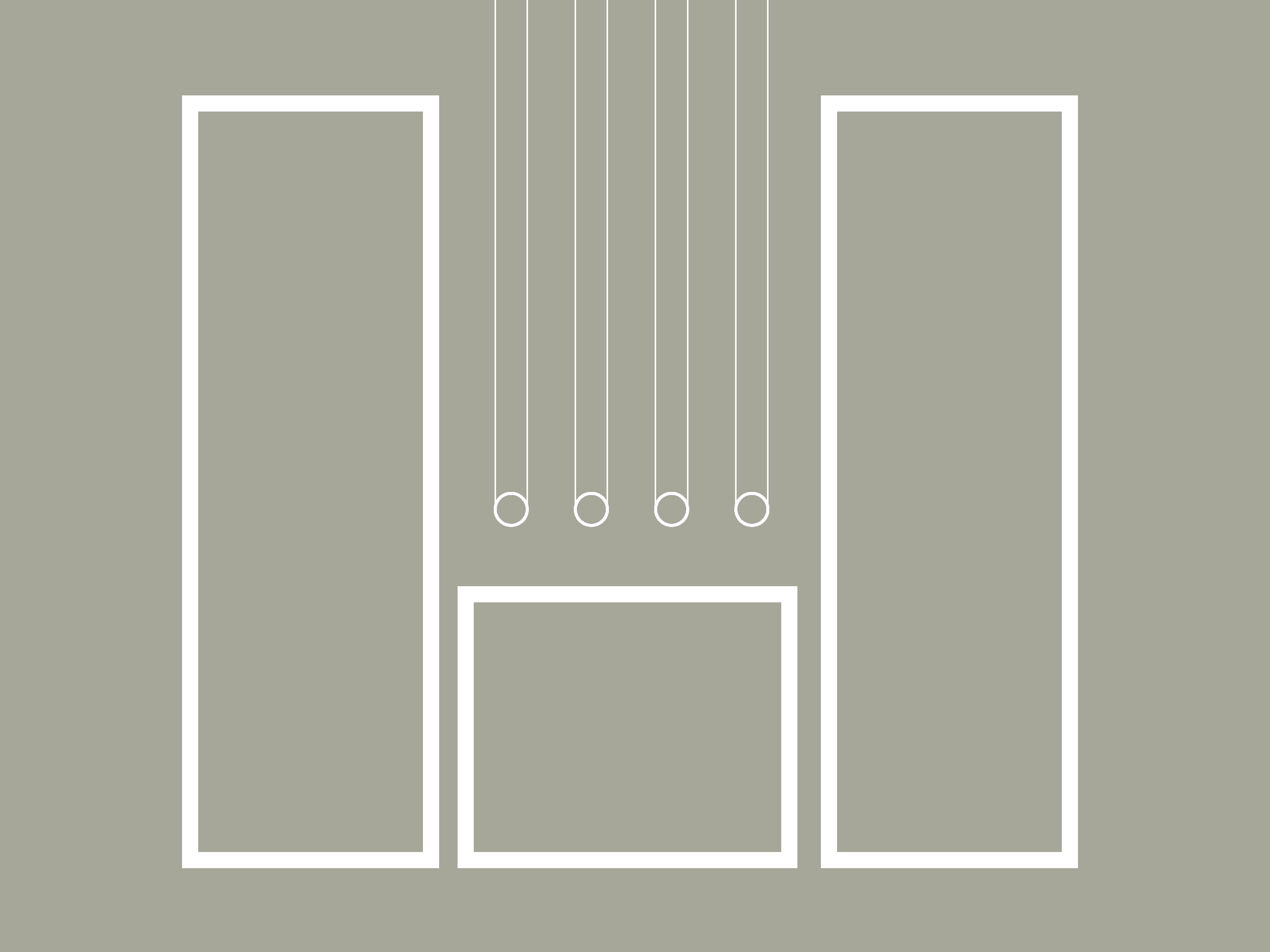Nestled in the unique culture and landscape of Fort Liberté, Haiti, the Eben-Ezer Medical Clinic helps fill the gap in healthcare that plagues the northeast corner of the country. To increase their scope of services, the current clinic is in dire need of an expansion. Extensive research was necessary to assure the needs and culture of the region were being met. Through personal research, interviews, and consulting with healthcare professionals, this provided a sufficient foundation for the design and development of the project.
This project was designed in my final studio prior to graduating. My role was shared with a classmate, an interior design student, providing a holistic design for the medical center from the building form and exterior features to the interior casework and color scheme. After the completion of the semester, I co-edited a book, Voices to be Heard, consolidating the designs and documentation of the class.
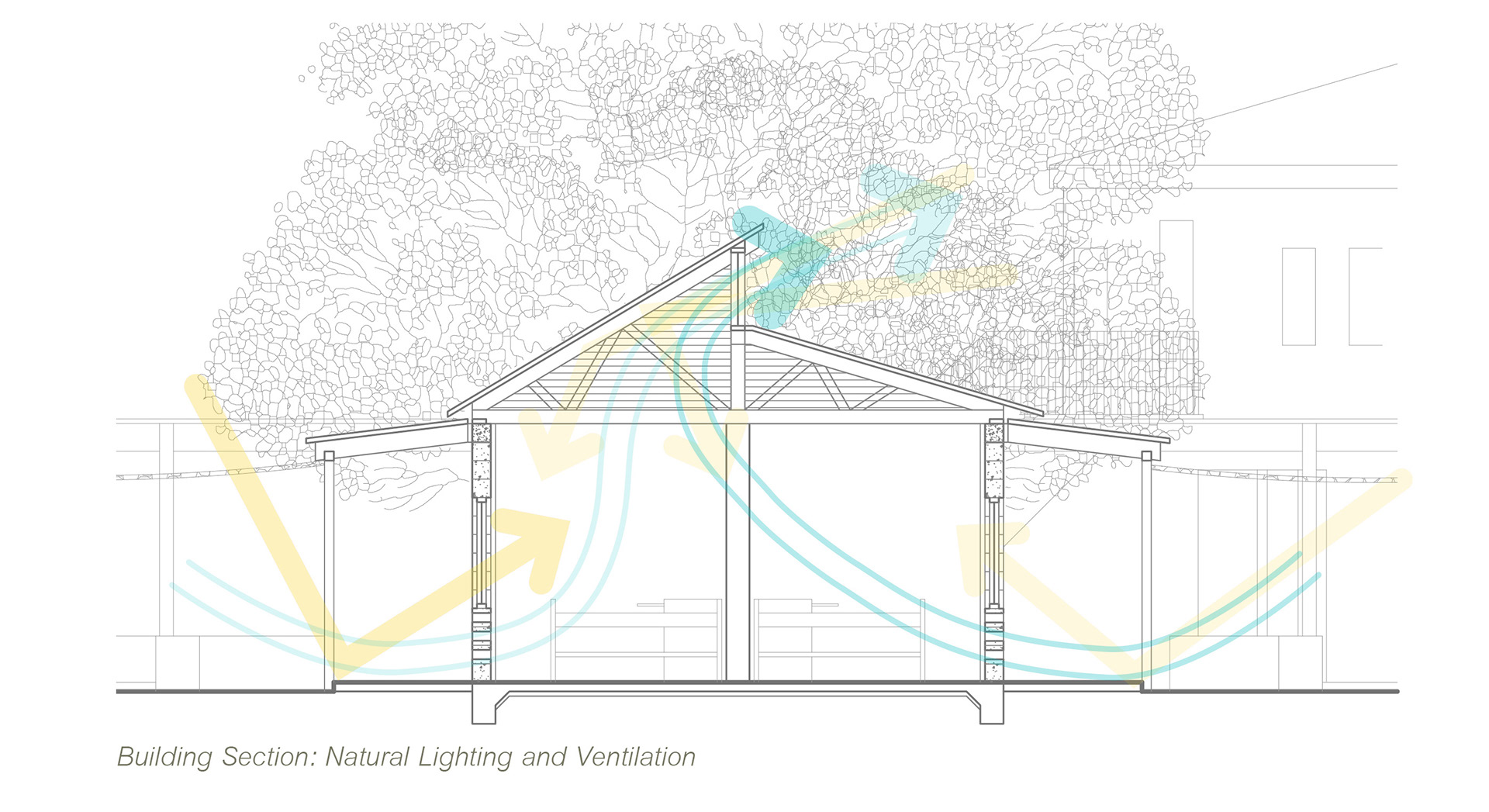
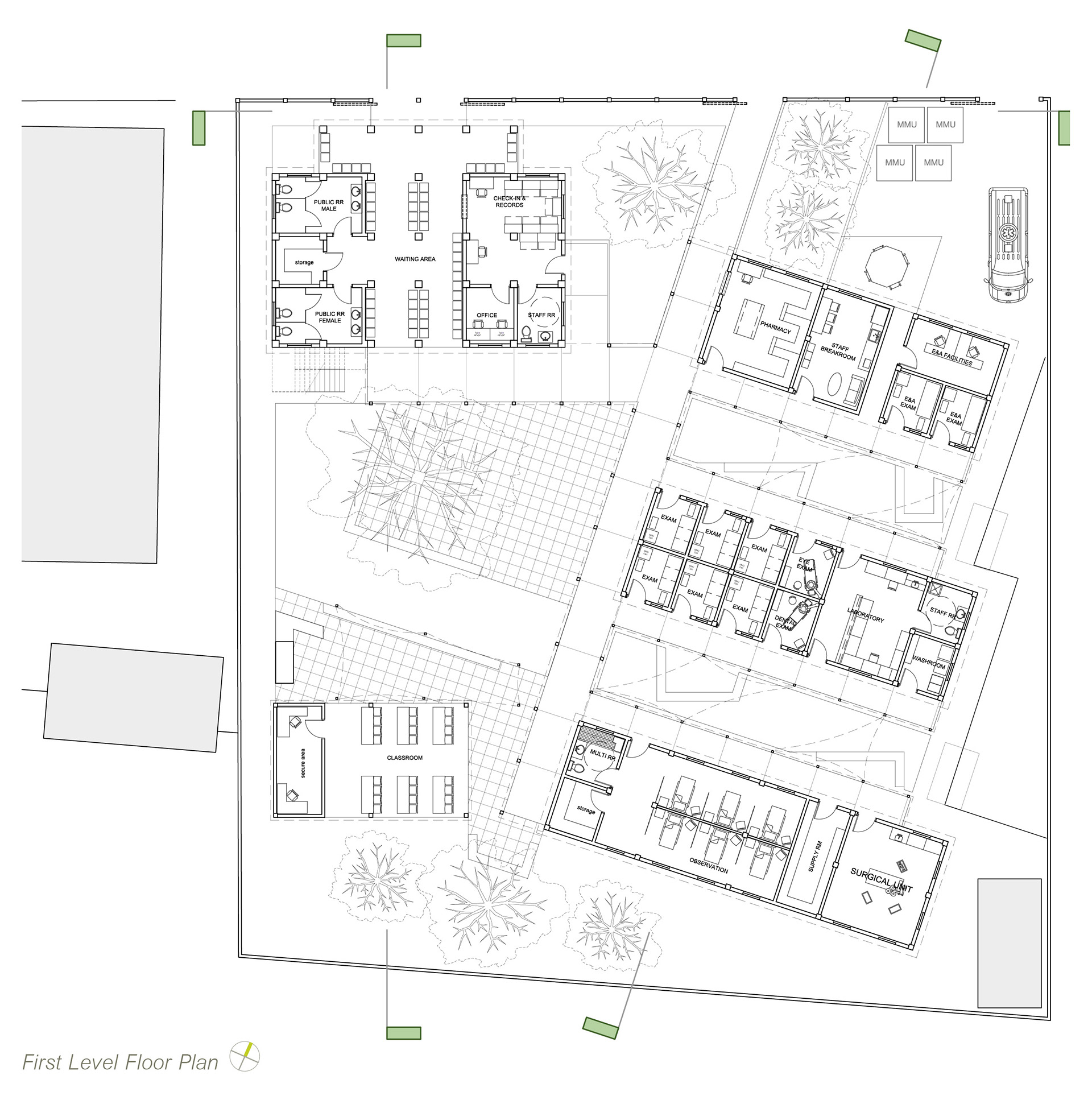
Taking advantage of all the sustainable aspects of the environment, for example, the prevailing winds which travel across the site from the North-Northeast. This, along with the path of the sun, factored into the orientation of the new buildings on the site. This is even more apparent in the building section; clerestory windows allow more natural light to penetrate into the building without the need for artificial lighting because of the unreliability of electricity. Similarly, vents at the base of the walls and at the clerestory area promote stack ventilation to cool the occupants and facilitate passive removal of contaminated air. Since rainfall occurs from 30-50% of the month—equal to two to five inches of rain a month—a rainwater collection system was employed to filter and amass the water in cisterns for future use within the facility.
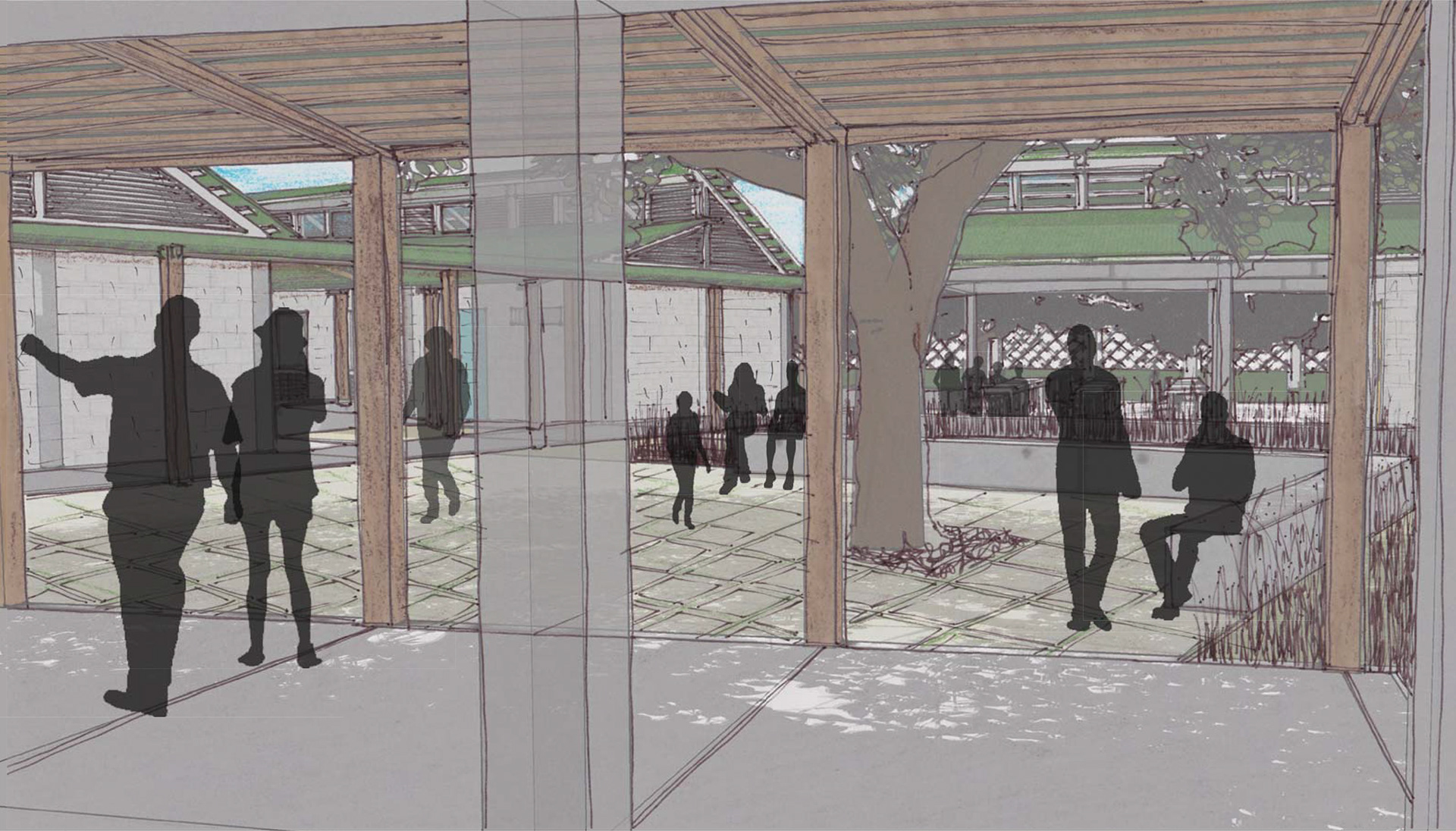
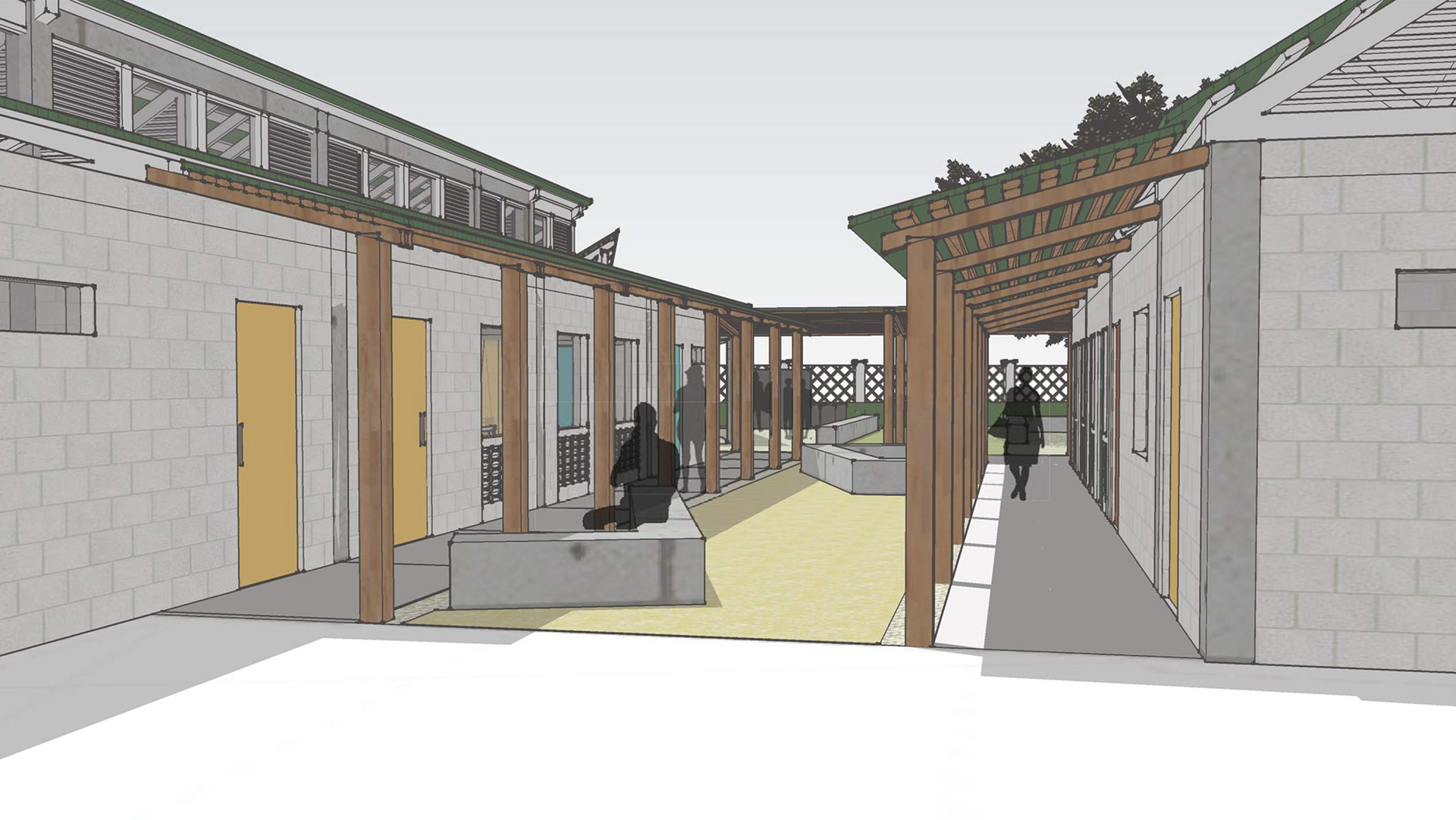
Haitian culture greatly influenced other aspects of the design. Because doctor visits are family affairs, ample space is allowed for the family to be included in the healthcare process and education by varying scales of indoor and sheltered outdoor spaces. While being surrounded by plants used for both eating and medicinal purposes, these spaces are positioned towards the classroom pavilion. Education is necessary to benefit the health of the population; lesson topics vary but include food and cooking techniques as well as basic ways to prevent infection and death from untreated wounds. The openness of the pavilion allows the classroom topics to extend to all the visitors of the clinic, not only those enrolled. Due to the illiteracy of the population, educational graphics, and a color coding system are utilized in the records organization, waiting areas, and programmatic demarcation throughout the clinic to both ease the way-finding of visitors and instruct on first-aid techniques.


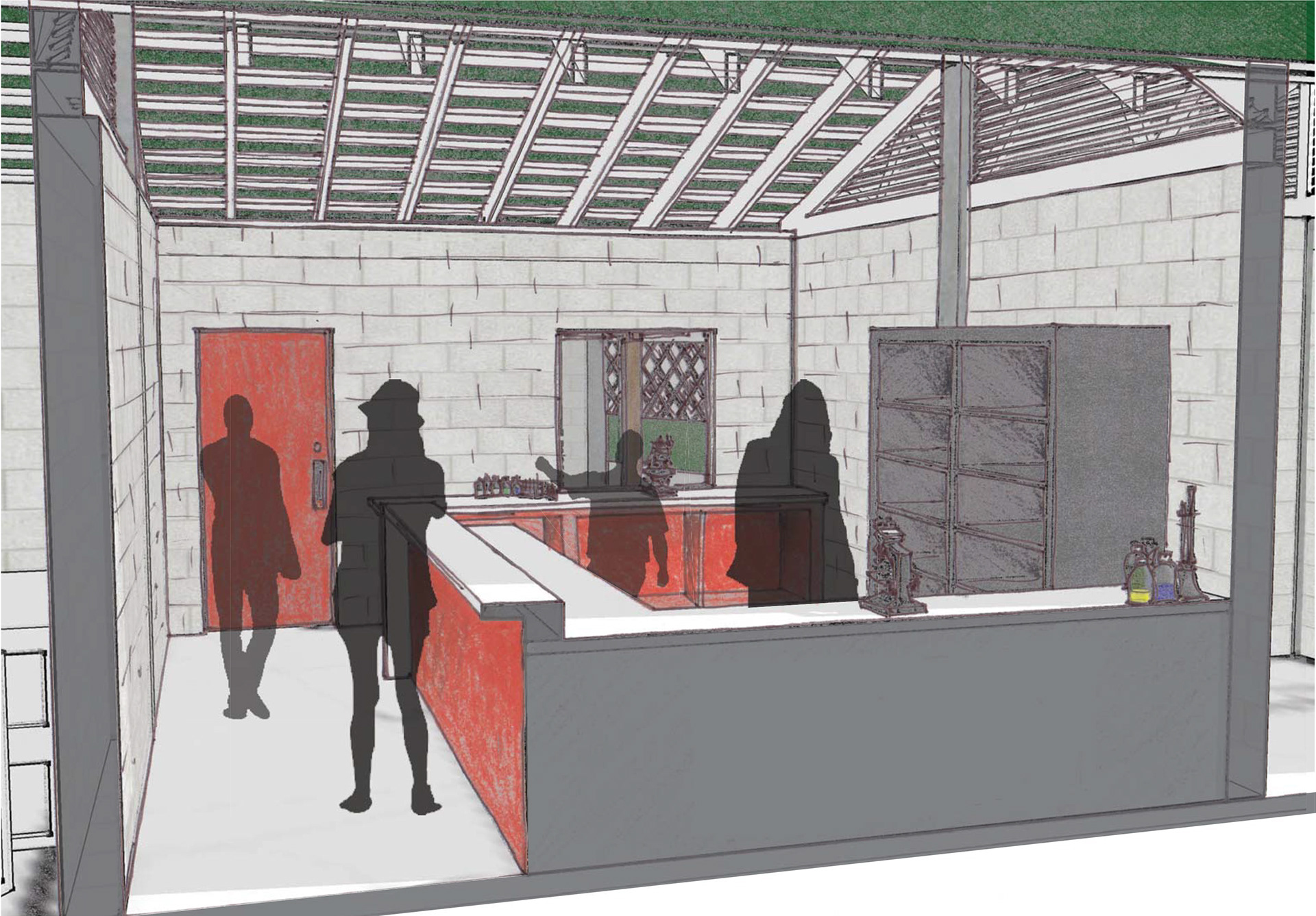
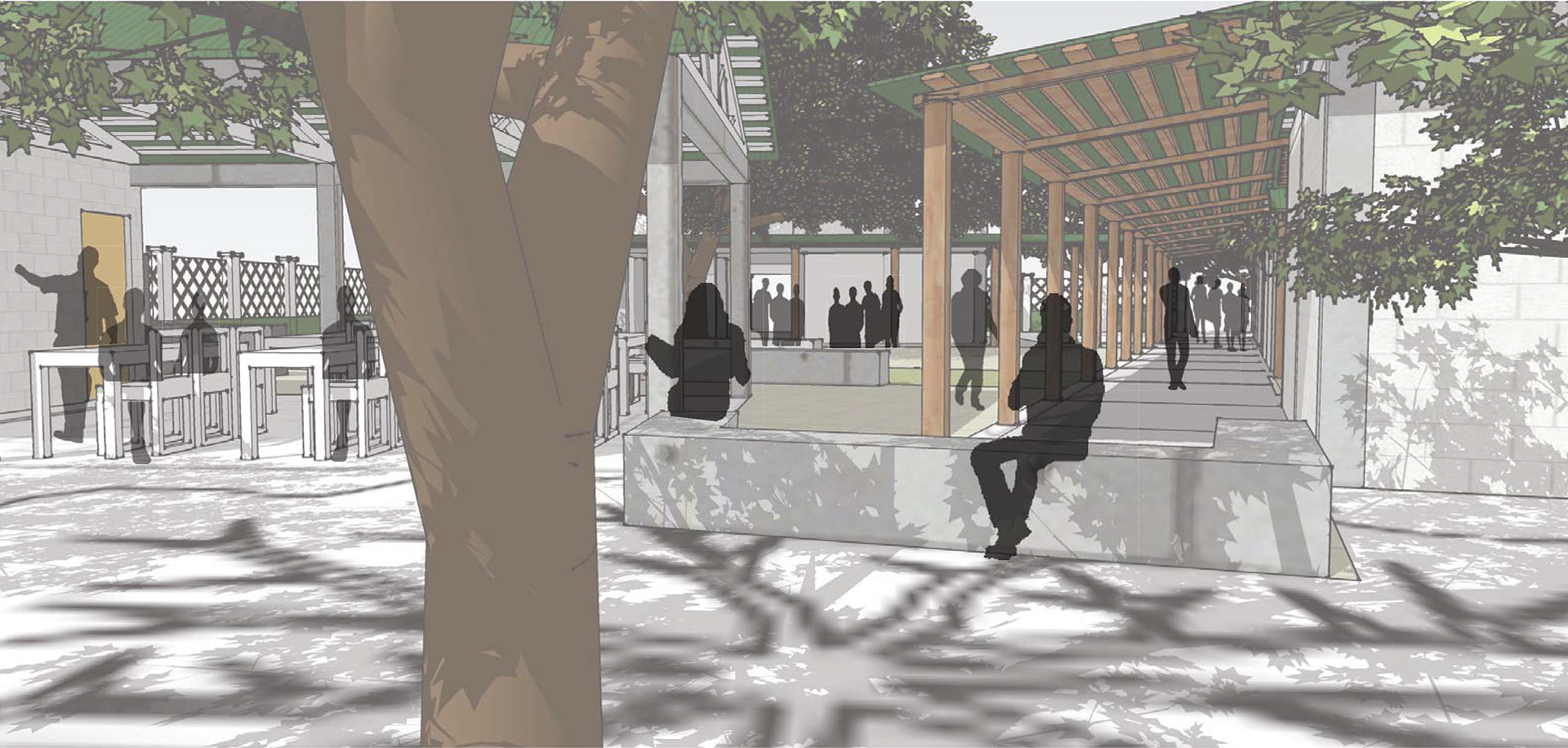
Our proposed design reacts to the environment, culture, and needs of Fort Liberté in the hope to successfully create an expansion to the existing Eben-Ezer Medical Clinic. Reflecting on our experiences through the semester, we believe the collaborative aspects of the studio were most important to the development of our project. Without the opportunity to work with nursing students, the programmatic efficiency of our design would have lacked the necessary organization needed in a developing country’s medical facility. These consultants taught the class about certain aspects of healthcare, and reciprocally, the studio taught them about visualizing the concepts of spaces—a surprising, yet rewarding outcome.
During the design process, research and critiques were necessary to learning about how to be sensitive to the patients’ needs when making design decisions; some design solutions seem harmless until they are considered in the context of Haitian culture where they become major issues. This affected our design through the use of certain materials; for example, due to the deforestation throughout Haiti, all wood is imported. Additionally, the process of designing is unique due to the restrictions of the environment; one must design in the most basic, sustainable ways because luxuries like electricity are not readily available. In a developed country, high-tech solutions are becoming more common as a way to be ecologically responsible; however, this is not the case in a developing country like Haiti. Century-old techniques are sometimes the only way to respond to environmental conditions and the culture of the area.

